Navigating the Realm Where Cultures Collide
Julia Durst reviews "Light from Shadows: A Cultural Critique Reflected in Personal Expression," a three-person show curated by John Steffl for the Tweed Museum of Art in Duluth. The show is up through August 31.

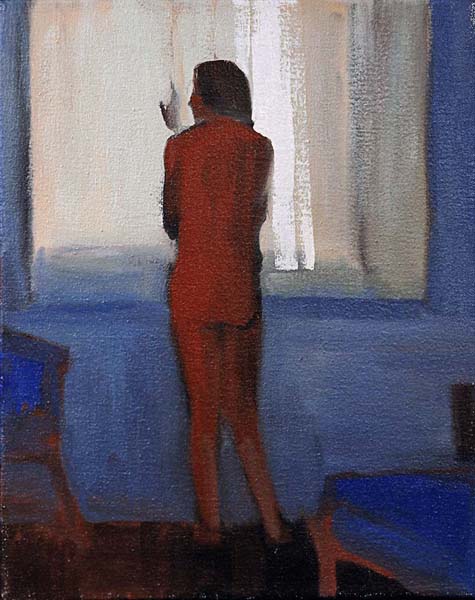
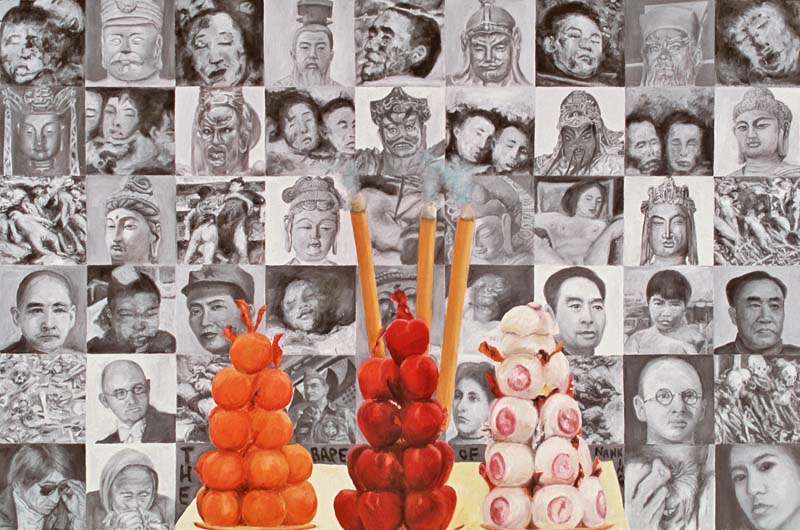
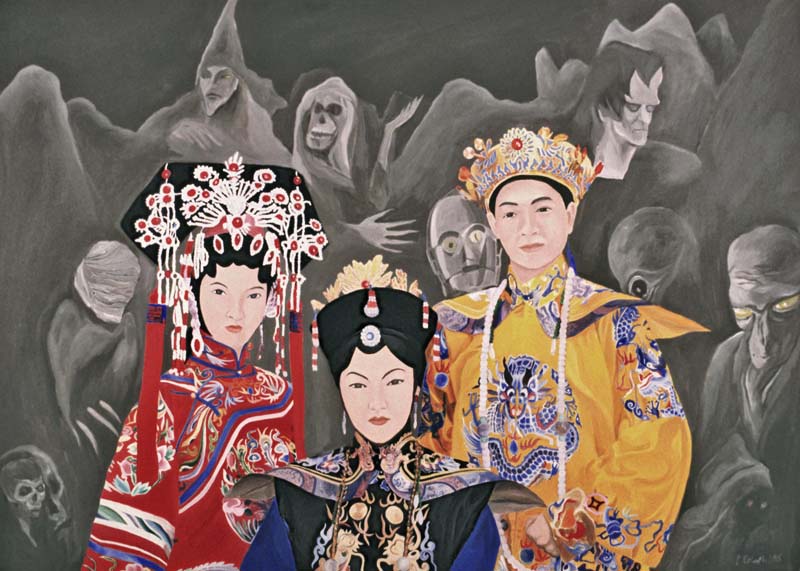
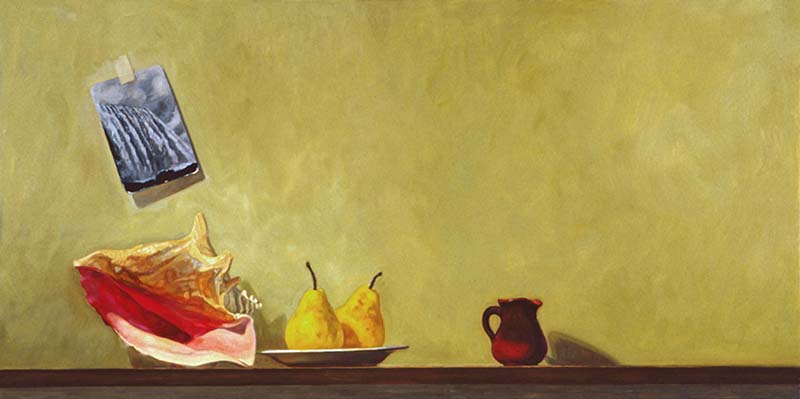
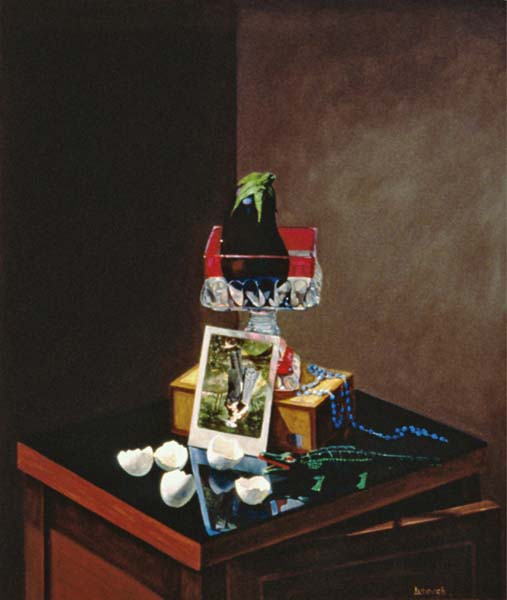
In “Light from Shadows” (at the Tweed Museum through August 31) Sterling Rathsack, Po-Lin Kosuth and Stephen Ljubovic entertain issues of culture and identity in a grand array of paintings packed with dynamic imagery. Though billed as a “cultural critique,” the show feels more like a cultural exploration, each artist navigating the realm where cultures collide then finding their own place within it. The result: a smartly curated, intensely personal exhibition by three top Northland painters.
The three are vastly different stylistically. Rathsack uses gestural brushstrokes and bright, oozy colors; Kosuth paints with the precision of an illustrator and the sly wit of a satirist. Meanwhile Ljubovic works in parallel with the still life tradition with moody realism and, unlike Rathsack and Kosuth, omits people entirely from his work.
Each artist’s work pertains to experiences living between two cultures. The Vietnam War put Rathsack into such a position—the artist served two military tours in Thailand. His paintings play like a slide show from those days, subtly showing the harrowing effects of war on those who fight it and those who stand near it, without ever depicting a battlefield or weapon. His everyday scenes of squalor and exploitation, solitude and commerce, are populated with lively figures—dark-skinned children leaping amongst flaming garbage, a nude woman peering outside through a gauzy curtain. He captures the humanity of people, brought to life in the bright oranges, soft blues and nips of yellow that comprise their fabrics and flesh.
Rathsack completed this body of work mostly in the late 1990s, long after returning to the cool breezes of Lake Superior. Its color and emotion suggest his recollections are rich, vibrant hauntings from a time when he had to consider who he was as an American, as a soldier, and simply as a man.
Po-Lin Kosuth takes a more satiric, cerebral approach in her painting. A Chinese-American weary of the “minority” label, Kosuth combines Chinese cultural stereotypes and American pop icons to subtly emphasize the ridiculousness of both. Her work also depicts religions, customs, holidays and landmarks from each culture, culminating in a smart, varied collection of work tinged with reflections from her past.
Kosuth’s paintings speak in a polite, modulated tone, compared to the screams and murmurs reverberating from Rathsack’s work. Kosuth uses the contrast of black-and-white and color within paintings to show past and present or to emphasis certain figures. Her two gridded paintings intrigue me most. The large panels are divided like a calendar, each square with a different face or place rendered in impressive detail. The montages are beautiful graphic renderings of time, a carefully executed feast for the eyes.
If Kosuth offeres a feast, Ljubovic serves up carefully plated delicacies. His “situations” (what he calls his arrangements of objects) are born out of his uncanny observation, a result of his unusual upbringing in a Serbian home on Minnesota’s Iron Range. Material objects express identity here, but go further than that—whispering whims of nostalgia and metaphor while creating a language all their own.
Ljubovic’s paintings feel eerily quiet and unpopulated. The things in the paintings (broken egg shells, rosary beads, kitchen gloves) appear to be plucked from abrupt moments of daily living, then meticulously arranged in dramatic, sometimes almost cluttered, set-ups that rest in careful balance. A blob of jam, a postcard stuck to the wall– these hint at lives being lived.
The artist favors deliciously dark shadows, which are offset by a halo-like glow that bathes the objects. Precisely painted details bite the eyes unexpectedly. Ljubovic records every fibrous strand in a bowl of shredded wheat, and the skin of his recurring pear bears the dimples and flecks of real fruit .
Issues of culture and identity are addressed ad nauseam these days. The delightful surprise of the Tweed exhibit is the honesty, vulnerability and diversity of the work. The stories are familiar ones– war memories, immigration and assimilation, growing up in two cultures simultaneously– and ones to which many can relate. Everyone has a complex personal history riddled with moments of identity crisis, whether cultural or otherwise. In “Light from Shadows” we get a wonderful sampling of how three painters have labored to reconcile that struggle through art.
Web sites:
www.d.umn.edu/tma